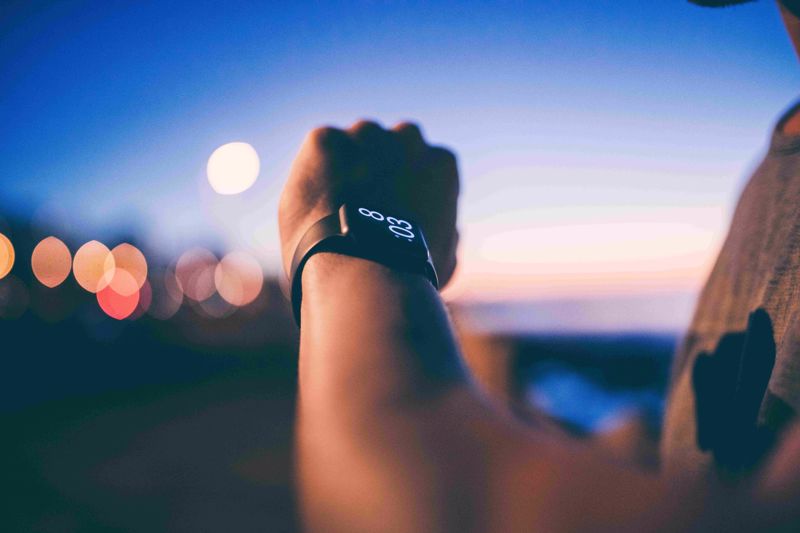
Keeping a Watch On Wearable Smart Devices in Health Care
By Max BurkhalterNovember 4, 2022
The number of wearable devices in use has exploded in recent years, increasing from just under 400 million in 2016 to over a billion in 2022. The wearable devices industry, much of which is dominated by the smartwatch category, is made up of other devices including smart hearables and wristbands. According to a new report by The Business Research Company, the widespread adoption of wearable smart devices such as Fitbit and Apple Watch are expected to propel the internet of things (IoT) of the health care industry in incredible ways.
What do wearable smart devices do?
Wearable smart devices track the wearer's personal data by monitoring their heart rate, physical movements, sleep routine and a variety of other functions. Once connected to a personal phone or computer, additional information can be analyzed to understand fitness levels, sleep patterns and other aspects of health. As long as they're in use, these gadgets gather and record valuable information through sensors and microchips that health care professionals could tap into.
What are the benefits of smart wearables to the health care industry?
As outlined by The Business Research Company, smartwatches have the potential to lower medical costs because they promote a healthier lifestyle for those who wear them. Not only that, but the data communicated with professionals could provide valuable insight into a patient's health and well-being, helping to prevent any potential issues or abnormalities from becoming costly problems.
One of the biggest benefits of wearable devices in health care is the ability of medical personnel to track a patient's vital signs remotely. This is particularly advantageous for overworked GP offices that don't have the bandwidth to see patients in person for minor issues or those that have embraced virtual appointments. It also becomes much easier for patients to quickly share their health stats when asked about them.

However, as wearable technology becomes more accepted in health care, two issues may arise:
- Many might question the accuracy of the gathered data compared to what's collected in person by using reliable medical equipment. A 2021 study aimed to solve this question by analyzing the information gathered from step counts, heart rate, skin temperature and electrodermal activity. The data was compared to that taken at a walk-in clinic. Results actually reported the wearable devices as being more accurate in some cases, such as heart rate. This is because it was evaluated consistently over time and didn't rely on a one-off measurement that could be impacted by time of day, food recently eaten or a patient's anxiety while in the clinic.
- The storage and sharing of data could also lead to security issues. The privacy of patient information gathered by wearable devices is a key concern that will need to be addressed as their use becomes more widespread. Without encryption, there's a possibility that the information can be hacked through soundwaves, which can be done simply by standing close to the wearer.
The internet of things continues to challenge what generations before us thought about health care, and Perle Systems is proud to be doing its part in both the implementation of AI and innovation in other areas of health care. For more info, reach out for a conversation with a team member today!



